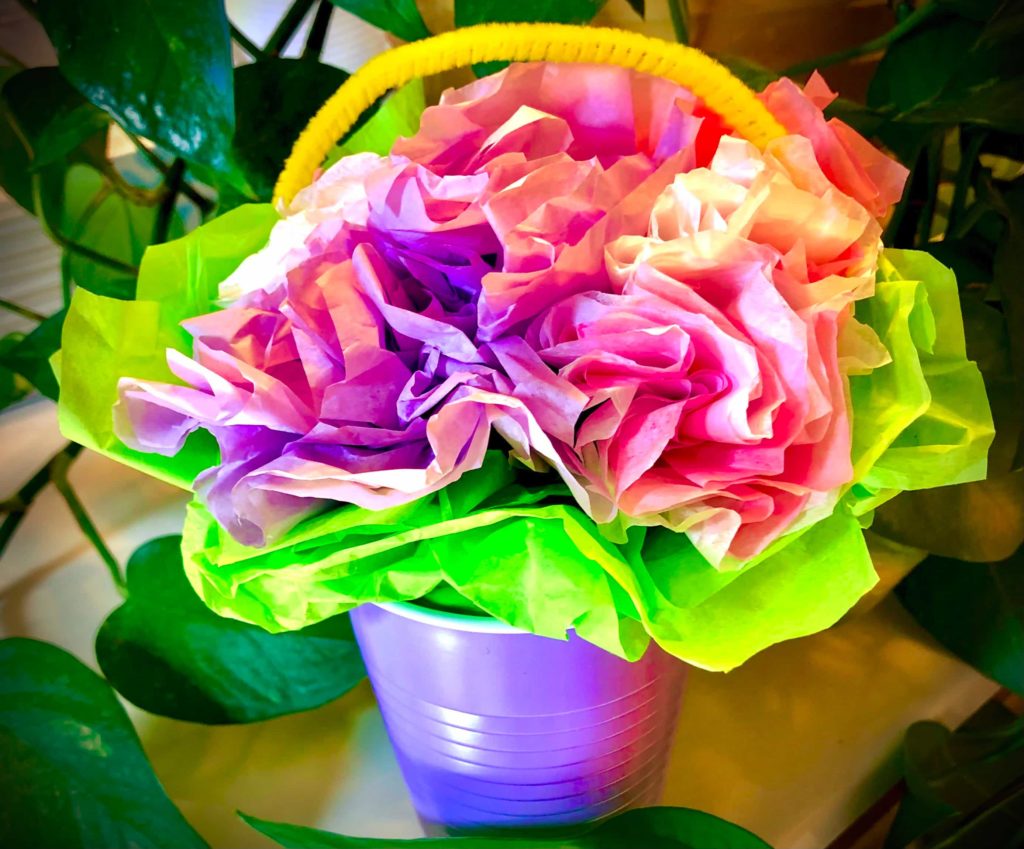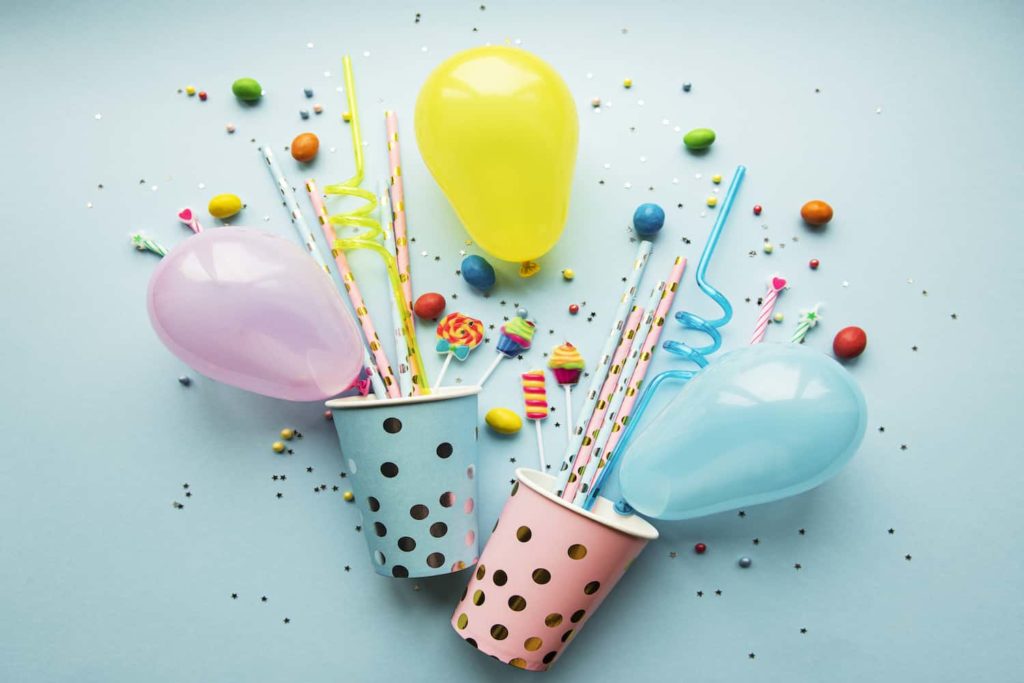
May Baskets
The tradition of the May basket is a way of welcoming spring and celebrating companionship that is sadly passing from cultural memory in contemporary society. In the U.S., the custom had its heyday in the late nineteenth and early twentieth centuries, and while it has held on in some rural areas of the country, it was mostly passing out of fashion by the 1970s. Reflecting on the tradition brought me to the realization of connections between May baskets and creativity. I begin this post by explaining May basket rituals for those who are unfamiliar. I then explore making May baskets as an exercise in creativity and contemplate the practice of constructing and delivering them as a metaphor for the creative process.
The Tradition
For those unacquainted with the tradition, May baskets are a way of celebrating springtime and friendship (or even infatuation) on the First of May. They tend to be small, improvised baskets, originally filled with flowers or small treats, such as candies or cookies.
I have interviewed several senior citizens from my hometown about their recollections of the tradition and have gleaned new insights into the place of the custom in their lives. “It was a big deal in those days,” recalled one man. “We probably made a dozen each year.” Many elders recalled the economic hardships of the 1930s and 1940s and described making May baskets out of pieces of cloth or even paper napkins. They were filled with inexpensive “penny candy,” wrapped up, and then fastened shut with a piece of twine, or ribbon if it was available. “We’d drop them on our friends’ doorsteps and then run to beat hell.”
When I was a child in the 1980s, we made May baskets out of decorated paper cones or plastic cups that we filled with candy, gum, and trading cards. The anonymous nature of the tradition was still intact, so we dropped the baskets on our friends’ front steps, rang the doorbell, and ran away.
A May Day Surprise
One year when I was about nine, I had made my May baskets and was going around my little town delivering them to my friends. I dropped one of the baskets at a friend’s door and then followed the usual process. As I was running away, I realized that someone was chasing me. I ran faster. Suddenly a lady grabbed me and kissed me on the cheek. I was dumbfounded.
Unbeknownst to me, part of the tradition in some parts of the country was that if you get caught delivering a May basket, the person is supposed to chase you down, and if they catch you, they give you a kiss. My mother explained this when I arrived home very confused. The kissing lady was my friend’s aunt who had come from out of town for a visit. The story is still one that causes good-natured ribbing when getting together with childhood friends.
Making a Creative May Basket
As the beginning of May approaches, I have been considering the tradition of May baskets as a vehicle for creativity. The concept isn’t limited to May baskets but rather can be applied to gift giving in general. We may remember that a shorthand definition of creativity is the ability to make connections that are both new and useful. When we apply this to May baskets, and to gift giving in general, we can assume that the act is useful because it expresses appreciation or affection, which creates goodwill and strengthens relationships.

The key to making the token of your appreciation creative is for it to be new or different from what is expected. If May baskets are not part of your custom, or it has been a long time since you have given them, simply (re)starting the tradition would be enough to consider it new and unexpected. In other cases, making a gift creative could be as simple as unusual content, surprising packaging, a unique delivery method, or an unexpected occasion for the gift. If a gift is creative, it may be doubly fun for the giver and doubly appreciated by the receiver.
The May Basket Metaphor
The processes of creativity are a fascinating topic but one about which there is little agreement among experts. Although in popular culture the focus of creativity tends to be on the moment of inspiration, specialists in the field increasingly focus on the preparatory phases of the process. Most will agree that to be creative in any realm, whether it be the arts or other aspects of life (home, career, relationships, etc.), preparation is required. We need to study, gain experience, or at least gather the materials necessary to engage in our desired area of creativity. In the metaphor of the May basket, this would be the phase of gathering the gifts (whether flowers, trinkets, or sweets) and the method of delivery (a basket, a satchel, or plastic cup).

Once the preparations for creativity are made, many experts (and particularly cognitive scientists) have emphasized the importance of moving focus away from the particular creative task. This is often accomplished by doing some type of repetitive activity, like meditating or knitting, or one that is physical in nature, like walking or swimming. In the metaphor of the May basket, this would be the dropping of the gift on your friend’s doorstep and then running away.
When it comes to the moment of inspiration, however, there are no guarantees. After doing our preparations and removing our focused attention, possibly through running, if we are very lucky, we just might get kissed by inspiration.